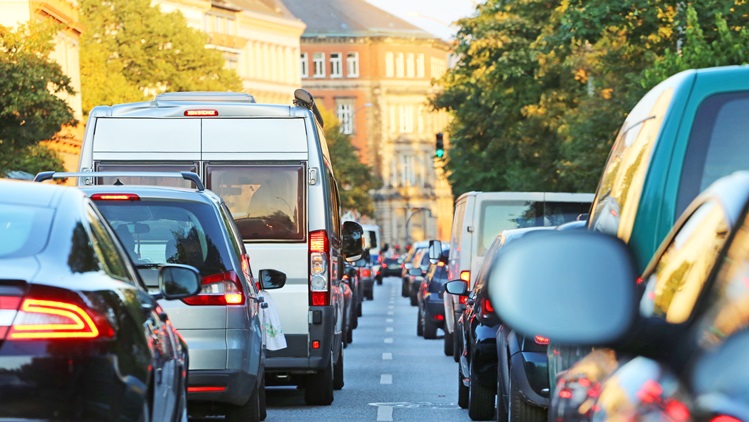As cars became the dominant mode of transportation over the past 100 years, the world reconfigured its cities to accommodate them, widening roads and building behemoths of highways while neglecting other means of mobility — walking, for instance.
But now, it seems the era of the auto is waning. Urbanization, demographic shifts, and rapid technological change are leading to a decline in car ownership in many countries. How do we take advantage of these trends to create a more sustainable, healthier future? How do we make cities built for cars (which, in the United States, means almost every city) walkable again?
An interdisciplinary research team at Arup has spent the last six months exploring this question. The resulting publication, Cities Alive: Towards a Walking World, looks at 80 case studies around the world, identifying 50 benefits of increasing the walkability of cities and 40 actions that could be taken right now to help us reach this goal.
Cities Alive: Towards A Walking World highlights the significant social, economic, environmental and political benefits of walking. Informed by specialist insight and multidisciplinary expertise from across our global offices, it highlights 50 benefits of walking explored through 16 distinct indicative themes, and list 40 actions that city leaders can consider to inform walking policy, strategy and design. These are informed by a catalogue of 80 international case studies that will inspire action, and further aid cities in identifying and evaluating opportunities.
From the report’s introduction: “Mobility is intrinsic to the quality of life experienced in cities. But for the past century, the car has dominated how we plan and grow our urban areas. We must now seize the opportunity to place people back at the heart of our cities and drive a human focused approach to the design of the built environment. With a growing desire to create more liveable streets, a light needs to be shone upon the benefits of walking as a catalyst for developing sustainable, healthy, prosperous and attractive cities. From 70 years of practice, Arup recognises that a walkable city is a better city and that the more we walk, the better the city in every respect.”
“There are the demographic factors, such as aging populations and shrinking families, leading to an increasing need for social experience to avoid isolation and social exclusion,” said Demetrio Scopelliti, an architect at Arup’s Milan office and the project’s lead researcher. “There’s the fact that young people care more about the latest smartphone technology than the latest car. There’s increasing concern for the environment and increasing awareness that walking can improve physical and mental health. These issues are coming together to pull us towards walkability.”
So how can our cities be retrofitted for walking? Among the ideas highlighted in the report: adding public art to walkable areas, providing economic incentives for not driving, and reconfiguring parks and streetscapes to make them more amenable to pedestrians. Each of the 40 actions identified has been implemented in at least one of the 80 case studies, meaning they’re not just theoretical suggestions, but realistic solutions.
One of the most successful approaches, according to Scopelliti, seems to be road diets: reallocating lanes once devoted to cars for different functions, such as cycling, walking, or landscaping. “A road diet is a great way for cities to reclaim redundant street space devoted to cars,” the report states.
You can see this strategy in action in New York City’s Times Square, where the City has removed several vehicle lanes to create an attractive pedestrian zone. Although controversial when first suggested, the proposal won supporters due to its low cost, ease of implementation, and reversibility. The new streetscape has proved popular with locals and tourists alike.
“New York sees the value of these quick, implementable strategies, using really simple things like paint to transform the way a space is used,” said James Francisco, an urban designer in Arup’s Manhattan office who worked on the study.

